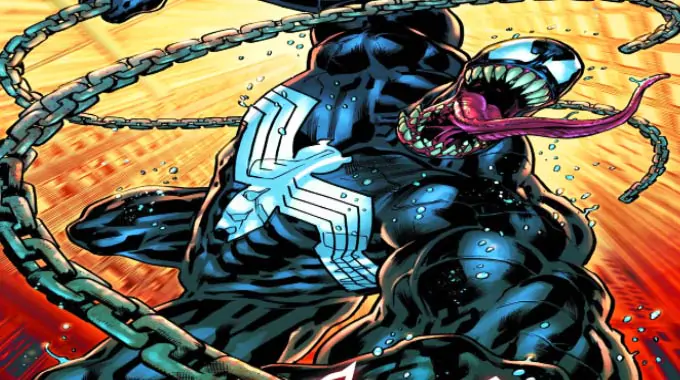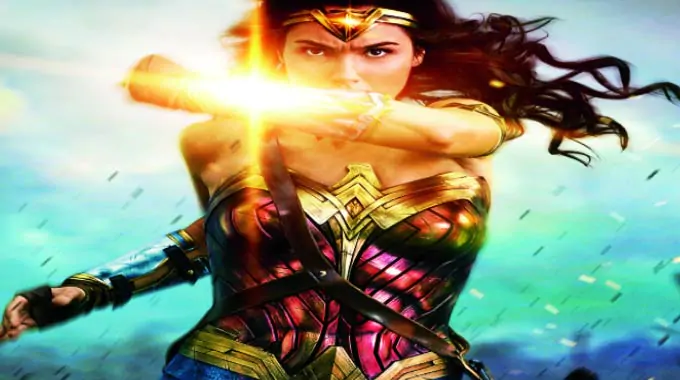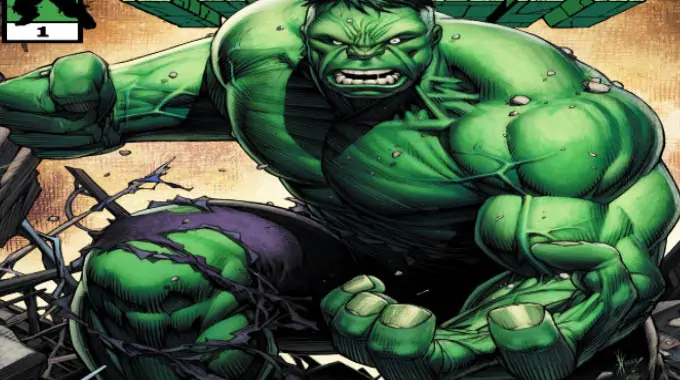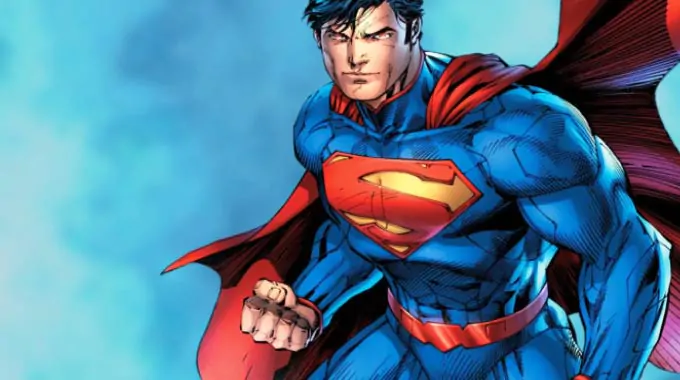List of Joker Facts:-
The Joker is a fictional supervillain appearing in comic books published by DC Comics.
He was created by Bill Finger, Bob Kane, and Jerry Robinson, and first appeared in Batman #1 in 1940.
The Joker is known for his green hair, pale skin, and exaggerated grin.
He is often depicted wearing a purple suit and carrying a cane.
The Joker’s real name and origin story have varied over the years.
In some versions, he is a failed comedian who turns to crime after a series of setbacks.
In other versions, he is a gangster who falls into a vat of chemicals that bleach his skin and drive him insane.
The Joker is Batman’s archenemy and is often depicted as the Dark Knight’s polar opposite.
The Joker has appeared in numerous comic book storylines, TV shows, and films.
Some of the most iconic portrayals of the Joker have been by actors such as Jack Nicholson, Heath Ledger, and Joaquin Phoenix.
The Joker is known for his unpredictability and chaotic nature.
He is often depicted as a master manipulator who enjoys causing chaos and destruction.
The Joker is also known for his sadistic sense of humor and tendency to use lethal force.
The character has been praised for his complex psychology and nuanced portrayal of mental illness.
The Joker has been featured in numerous graphic novels, including “The Killing Joke” and “Death of the Family.”
The Joker has also appeared in animated TV shows, such as “Batman: The Animated Series.”
The character has been adapted into various video games, including “Batman: Arkham Asylum” and “Injustice: Gods Among Us.”
The Joker has been featured in several live-action films, including “Batman” (1989), “The Dark Knight” (2008), and “Joker” (2019).
In “The Dark Knight,” the Joker was played by the late actor Heath Ledger, who won an Academy Award for his performance.
The Joker has been ranked as one of the greatest villains in comic book history.
The character has also been the subject of numerous psychological studies and analyses.
The Joker has been described as a nihilist and an anarchist.
The character has been adapted into various merchandise, including action figures and clothing.
The Joker has also been referenced in popular culture, including music, literature, and other media.
The character has been featured in crossover storylines with other DC Comics characters, such as Superman and Wonder Woman.
The Joker has been depicted as having a romantic relationship with Harley Quinn, a character who was introduced in “Batman: The Animated Series.”
The Joker’s catchphrase is “Why so serious?” which was popularized in “The Dark Knight.”
The Joker has been depicted as having various weapons, including a razor-sharp playing card and a flower that squirts acid.
The character has been depicted as having various weaknesses, including a fear of bats and a tendency to become easily distracted.
The Joker remains one of the most iconic and enduring characters in comic book history.
The Joker’s appearance and personality were inspired by Conrad Veidt’s character Gwynplaine in the 1928 film “The Man Who Laughs.”
The Joker’s first appearance in Batman #1 was actually a last-minute addition to the issue, as the creators wanted to introduce a memorable villain.
The Joker was originally supposed to die in his first appearance, but the editors at DC Comics decided to keep him around due to his popularity.
The Joker has been depicted as having multiple personalities, including one that believes he is a reincarnation of the Roman Emperor Nero.
The Joker has had various sidekicks over the years, including Harley Quinn, Punch and Judy, and Duela Dent.
The Joker has been a member of various villainous groups, including the Injustice Gang and the Suicide Squad.
The Joker has been depicted as having a fascination with Batman, viewing him as his greatest adversary and even developing a twisted sense of love for him.
The Joker’s crimes have included murder, theft, and acts of terrorism.
The Joker has been responsible for some of the most iconic moments in Batman’s history, including paralyzing Batgirl in “The Killing Joke.”
The Joker has been depicted as having a chaotic moral code, sometimes choosing to spare certain individuals while killing others seemingly at random.
The Joker’s most common alias is “the Clown Prince of Crime.”
The Joker’s trademark laugh has been interpreted in various ways by different actors and writers, ranging from a high-pitched cackle to a low, menacing chuckle.
The Joker has been depicted as having a variety of mental illnesses, including schizophrenia and bipolar disorder.
The Joker has been referenced in multiple DC Comics storylines as being responsible for creating the Batman, as his criminal actions inspired Bruce Wayne to become a vigilante.
The Joker has been depicted as having a rivalry with other DC Comics villains, including Lex Luthor and Darkseid.
The Joker has been depicted as having a love-hate relationship with his sidekick Harley Quinn, at times abusing and manipulating her, while at other times genuinely caring for her.
The Joker has been depicted as having a strong sense of showmanship, often staging elaborate heists and leaving behind clues for Batman to follow.
The Joker’s crimes have often been motivated by a desire to prove that anyone can be pushed to madness and criminality, given the right circumstances.
The Joker has been depicted as having a strong connection to the color green, which is often associated with his appearance and weapons.
The Joker has been depicted as having a twisted sense of humor, often making jokes and puns at the expense of his victims.
The Joker has been depicted as having a deep-seated hatred of authority figures, particularly the police and Batman.
The Joker’s relationship with Batman has been interpreted as being symbolic of the eternal struggle between order and chaos.
The Joker has been depicted as having a talent for deception and manipulation, often convincing others to carry out his plans for him.
The Joker has been depicted as having a tragic backstory, with some versions of his origin story portraying him as a victim of abuse or mental illness.
The Joker has been depicted as having a near-immortal existence, with some storylines implying that he cannot die and will always return to wreak havoc on Gotham City.
The Joker has been depicted as having a rivalry with other comic book villains outside of the DC Comics universe, including Marvel’s Deadpool and Spider-Man.
The Joker’s appearance in the 1960s “Batman” television series was toned down to make the character less menacing and more comedic.
The Joker has been depicted as having a unique connection to the holiday of Halloween, often using it as an opportunity to carry out his crimes.
The Joker’s real name has never been officially revealed in the comics, although various aliases and potential origins have been suggested.
The Joker has been depicted as having a complex relationship with his own identity, sometimes switching between different personas and disguises.
The Joker has been portrayed by multiple actors in live-action adaptations, including Jack Nicholson, Heath Ledger, and Joaquin Phoenix.
The Joker has been depicted as having a wide variety of weapons, including acid, knives, and bombs.
The Joker has been depicted as having a history of drug abuse, particularly using various toxins to enhance his crimes.
The Joker’s appearance has evolved over the years, with different artists giving him unique variations on his trademark look.
The Joker has been depicted as having a connection to various criminal organizations, including the mob and the League of Assassins.
The Joker has been depicted as having a particular fascination with Batman’s secret identity, sometimes making attempts to uncover it.
The Joker has been depicted as having a fascination with art, often using it as a way to taunt and challenge Batman.
The Joker has been depicted as having a love for chaos and disorder, often using his crimes to disrupt the social order of Gotham City.
The Joker has been depicted as having a willingness to work with other villains, but often ends up betraying them for his own purposes.
The Joker has been depicted as having a variety of henchmen over the years, including the Joker’s Daughter and the Clownhunter.
The Joker has been depicted as having a love for elaborate traps and puzzles, often leaving behind riddles and challenges for Batman to solve.
The Joker has been depicted as having a dark sense of humor, sometimes using jokes and puns to mock his victims and adversaries.
The Joker has been depicted as having a particular fondness for the character of Batman’s butler, Alfred Pennyworth.
The Joker has been depicted as having a connection to the supernatural, sometimes using occult practices to enhance his crimes.
The Joker has been depicted as having a connection to the character of Robin, often targeting the various iterations of the character over the years.
The Joker has been depicted as having a fascination with death and mortality, often leaving behind macabre reminders of his crimes.
The Joker has been depicted as having a deep-seated hatred for the Wayne family, particularly Bruce Wayne and his parents.
The Joker has been depicted as having a tendency to break the fourth wall, sometimes acknowledging the fact that he is a fictional character.
The Joker has been depicted as having a unique connection to music, with various adaptations featuring him singing or playing instruments.
The Joker has been depicted as having a unique relationship with the character of Superman, sometimes teaming up with him or opposing him.
The Joker has been depicted as having a twisted sense of morality, often justifying his crimes as a way to “wake up” society.
The Joker has been depicted as having a connection to the character of Bat-Mite, a mischievous imp who idolizes Batman.
The Joker has been depicted as having a unique connection to the holiday of Christmas, often using it as an opportunity to carry out his crimes.
The Joker has been depicted as having a fascination with chaos theory, sometimes using it to justify
The Joker has been depicted as having a variety of romantic relationships over the years, including with Harley Quinn and Jeannie.
The Joker has been depicted as having a unique relationship with the character of Commissioner Gordon, sometimes targeting him and sometimes working with him.
The Joker has been depicted as having a connection to the character of Batgirl, often targeting her and members of her family.
The Joker has been depicted as having a connection to various mental health issues, including being diagnosed with multiple personality disorder.
The Joker has been depicted as having a connection to various forms of media, including film and television.
The Joker has been depicted as having a variety of physical deformities over the years, including a permanently disfigured face.
The Joker has been depicted as having a connection to the character of the Riddler, often engaging in intellectual battles with him.
The Joker has been depicted as having a connection to the character of Catwoman, sometimes teaming up with her and sometimes opposing her.
The Joker has been depicted as having a unique connection to the character of the Batman Beyond era, often seeking to take revenge on an aged Bruce Wayne.
The Joker has been depicted as having a fascination with puppets, sometimes using them as a way to control his victims.
The Joker has been depicted as having a connection to various forms of art, including painting and sculpture.
The Joker has been depicted as having a connection to the character of Poison Ivy, sometimes teaming up with her and sometimes opposing her.
The Joker has been depicted as having a connection to various forms of technology, including robotics and cybernetics.
The Joker has been depicted as having a fascination with the character of the Scarecrow, often engaging in psychological warfare with him.
The Joker has been depicted as having a connection to the character of the Penguin, sometimes working with him and sometimes opposing him.
The Joker has been depicted as having a unique connection to the character of the Batman Who Laughs, a twisted version of Batman who has become infected with the Joker’s toxin.
The Joker has been depicted as having a connection to the character of Two-Face, sometimes teaming up with him and sometimes opposing him.
The Joker has been depicted as having a fascination with the character of the Mad Hatter, often engaging in surreal and nonsensical crimes.
The Joker has been depicted as having a connection to various forms of literature, including poetry and literature.
The Joker has been depicted as having a unique connection to the character of the Court of Owls, a secret society in Gotham City.
The Joker has been depicted as having a connection to the character of Ra’s al Ghul, sometimes working with him and sometimes opposing him.
The Joker has been depicted as having a connection to the character of Black Mask, sometimes teaming up with him and sometimes opposing him.
The Joker has been depicted as having a fascination with the character of Deadshot, often engaging in deadly games with him.
The Joker has been depicted as having a connection to various forms of mythology, including Norse and Greek mythology.
The Joker has been depicted as having a unique connection to the character of the Batwoman, sometimes targeting her and sometimes working with her.
The Joker has been depicted as having a connection to the character of Killer Croc, sometimes teaming up with him and sometimes opposing him.
The Joker has been depicted as having a unique connection to the character of the Outsider, a mysterious figure with a deep connection to Batman.














